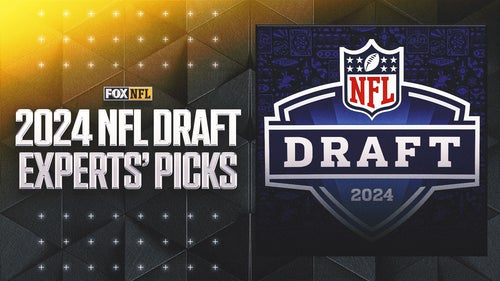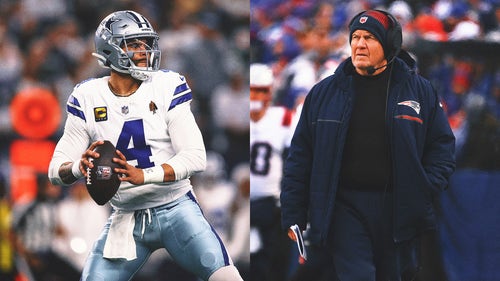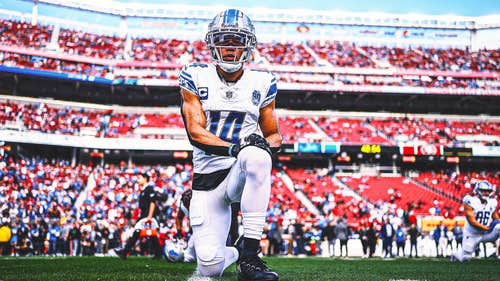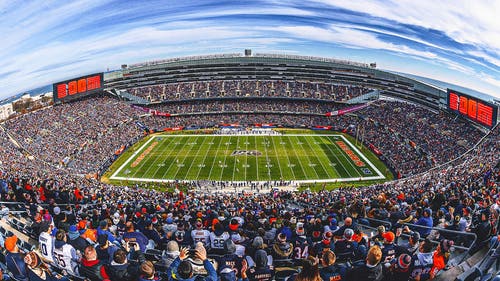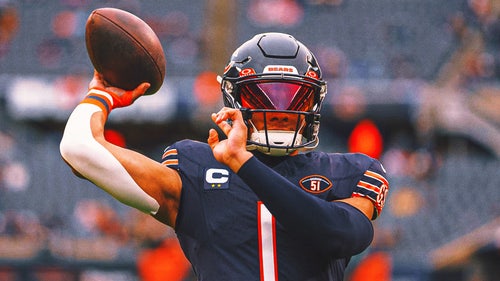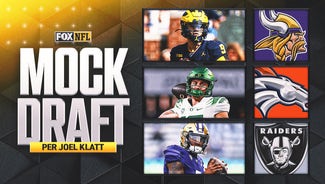
Injury aside, Tony Romo's decision-making must improve for Cowboys to win
Jason Garrett, Jerry Jones, and Tony Romo have made hopeful public statements this week that Romo will be able to play Sunday in London against the Jacksonville Jaguars.
After Tony Romo suffered a hard blow to his back two weeks ago against the Washington Redskins, reportedly fracturing two small transverse process bones in his back, the Cowboys decided it was in everyone's best interest for him to take time off to recover.
Tony Romo's courage and toughness should never be questioned. He's proven time and time again he'll sacrifice his body for his team, fans and franchise. He's as tough as they come at the QB position. Having suffered the same herniated disk injury that Romo had surgery on this offseason
I can only imagine the pain he's dealing with -- even if the new injury is officially deemed unrelated.
Romo's back itself may be cause for concern for Cowboys fans, but I'm more concerned that his play in the final moments of the Redskins game indicates how he'll continue to play through this injury if given the chance.
Over the course of the Washington game, it didn't appear that Romo was seeing the field well. Skins defensive coordinator Jim Haslett continued to stack the box to stop the run, bringing various pressures throughout to harass and confuse Romo.
Case in point, in the final two minutes of the game, the Dallas Cowboys were backed up with an opportunity for a comeback -- similar to the one Romo led a year ago against Washington when he initially herniated the disc in his back.
On second down, Washington brought another zone pressure that surprised Romo. The photo below shows the center identifying the offensive line's assignment, leaving the LB on the right the blocking responsibility of running back DeMarco Murray.

Center & back have the 2 off-the-ball linebackers. Romo must see the safety coming down weak & adjust.
Skins safety Brandon Meriweather rotates down to the weak side, which was a dead giveaway that he was a potential threat as a rusher. The protection should've been changed to include Meriweather in the count -- or at the very least Romo should have been aware of him. As the play unfolds, Meriweather tattoos Romo, causing a fumble that Dallas was fortunate to recover (below).

Not recognizing the safety and utilizing one of his available options results in a fumble that Dallas was fortunate to recover.
Romo responded the next play with a third-down conversion to get the Cowboys back into two-minute mode, only to be stopped again by a poor reaction to pressure. Haslett continued to bring all-out pressures, which forces teams to get the ball out quickly because there aren't enough players in protection to pick up all the rushers.
With "all-out" blitzes, teams either have built-in quick throws, or checks/audibles that allow the QB to get to a better play. Romo decided to signal a change in routes on the first all-out blitz resulting in a short completion. Romo threw to Terrence Williams to the field instead of Dez Bryant singled-up on the backside.
Williams isn't Dallas' most explosive receiver, and a short gain with no timeouts wasted precious time. In two-minute drills, your two biggest opponents are time and distance, in that order. At the end of the game, you have to utilize the players who give you the best chance to win. Dez Bryant is that guy.
In back-to-back plays, Washington brought pressures that actually created a big-play opportunity for Romo. Instead of big plays, Dallas got a short completion and an incomplete pass resulting in an intentional grounding penalty, with neither play thrown in the direction of Dez Bryant.
The next play -- surprise surprise -- the same blitz. This time Romo threw a quick receiver screen to the outside to Terrence Williams -- not Dez Bryant. Screens can be effective against blitzes but it's difficult against "all out" blitzes since DBs are quicker to react to the WRs when in man-to-man coverage. It's also more difficult for blocking to get set up having to avoid other players and rushers. This play just proved to be another waste of time in exchange for about five yards.

Dez Bryant (starred) drew single coverage in several cases such as this in crunch time, but Romo went elsewhere with the ball.
On the next play Romo hurries and tries to tap his helmet to communicate a change in the route to Williams who is now singled. Williams runs downfield on a deeper route, which he was originally given. Romo throws what he thought to be a shorter route due to another pressure.
Miscommunications happen, especially to young players in the NFL. But they shouldn't happen to veteran players, especially ones that have played together for a while.
Again, my question lies within the decision of Romo. Why did he even have to signal a different route? They needed a big gain in order to get into field goal position. The Cowboys had to have known Washington was going to bring pressure since they had been so effective blitzing all game.
And still no Dez Bryant? He's one of the best wide outs in the NFL and the game is on the line. That's who you throw to, especially when guarded by a rookie corner. It's odd decision-making. You'd think Romo would be more thoughtful at this point in his career.
In overtime, on fourth down with the game on the line. Washington bluffed pressure and instead dropped into a match-zone coverage (below).

One would have thought a fire alarm went off. For whatever reason, Romo was doing his best to get out of a comfortable fire-proof pocket. He had time, he didn't need to do a 180-degree spin and scramble around to make a play.
He eventually got outside the pocket and attempted a throw to Dez Bryant (finally) but it was too little, too late (below), the pass fell incomplete to end the game.

Romo had pocket space still available to him (X) to see his WRs downfield, but decided to turn his back and scramble. The game ended on this incompletion.
Had Romo dropped back and hung in the pocket he would've seen Beasley and Williams running open down the middle of the field. Not wanting to take a hit appears to have caused unnecessary panic.
The entire offense around Tony Romo has changed for the better in 2014, but unfortunately his late-game decision-making has not. Romo will need to clean this up in the second half of the season if the Cowboys are destined for where I believe they can go: the Super Bowl.
Romo put himself back in the game two weeks ago, and risked suffering a worse injury that could end his season. He responded to pressure like you'd expect someone to react who shouldn't be taking hits. Now, it appears there's a chance he'll play once again, curiously in a game against a 1-8 Jags team where Romo might be smarter to take another week and heal.
The question is, can his decision-making improve under these circumstances?
The Dallas Cowboys have gotten off to one of the most successful, yet unanticipated starts of their franchise in recent years, but things change quickly in the NFL. Without better decision-making from Romo, things could change even more quickly for the Cowboys.
MORE FROM FOOTBALL BY FOOTBALL
Believe Bowl: Browns at Bengals on TNF
How To Cage The Denver Broncos
NFL Amnesia is the Best Kind of Amnesia






































































































































